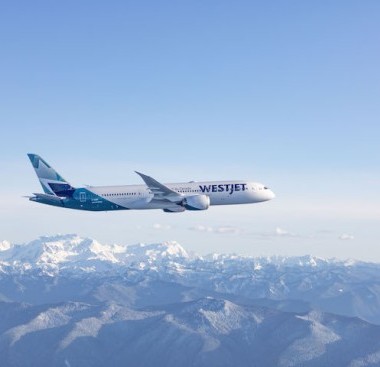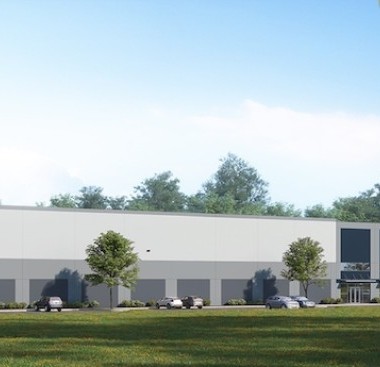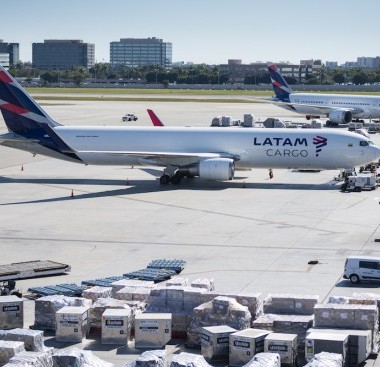Bad news and good news for New York’s offshore wind industry
One project was cancelled but others are going forward; redevelopment of the South Brooklyn Marine Terminal is a centerpiece.
Earlier this year, the operators of Empire Wind 2 announced the termination of that project. Empire Wind 2 was an offshore wind project in New York waters off Long Island that could have generated 1,260 megawatts of electricity per year.
Termination of offshore wind projects has not been unusual in the current environment. Last October, Ørsted, the world’s largest offshore wind-farm developer, abandoned two projects in waters off the New Jersey shore.
In the case of both the New York and New Jersey projects, the decisions were driven by unanticipated macroeconomic conditions such as higher inflation and interest rates. “Commercial viability is fundamental for ambitious projects of this size and scale,” commented Molly Morris, president of Equinor Renewables Americas, the Empire Wind operator, with respect to the cancellation.
Despite bumps in the road, Empire Wind 1, an 810 megawatt project located on 80,000 acres 15 to 30 miles southeast of Long Island, is proceeding apace under Equinor’s auspices. Around the same time Empire Wind 2 was cancelled, the former Empire Wind 1 partners, Equinor and BP, announced they were going their separate ways as part of a swap. Equinor took full ownership of Empire Wind 1, while BP did the same for the assets of another New York offshore project, Beacon Wind.
South Brooklyn Redevelopment
Most notably for Equinor’s activities in the New York area, the redevelopment of the South Brooklyn Marine Terminal as a staging and assembly site of offshore wind turbine components for Empire Wind is about to begin. The redevelopment of the 73-acre terminal starts with the demolition of outbuildings, excavation of the site, and preparation of bulkheads.
The South Brooklyn Marine Terminal redevelopment project received a boost in late March, when Empire Wind 1 and a local labor group, the Building and Construction Trades Council of Greater New York and Vicinity, signed a project agreement. “The agreement ensures labor harmony during the construction of SBMT, establishes uniform wages and benefits, and ensures a steady supply of New York labor throughout the project,” said Morris. The agreement also promotes engagement with businesses owned by minorities, women, and disabled veterans.
The New York City Economic Development Corporation expects the South Brooklyn Marine Terminal to be transformed “into one of the largest offshore wind port facilities in the nation,” according to Cecilia Kushner, the agency’s chief strategy officer. New York City is the owner of SBMT.
Also in March, the Federal Energy Regulatory Commission (FERC) approved an interconnection agreement between Empire Wind 1 and Consolidated Edison Company of New York, the local electric utility. FERC’s approval allows the Empire Wind 1 offshore wind project to connect into the city’s electrical grid through the Sunset Park Onshore Substation, which is located on the site of the South Brooklyn Marine Terminal. That development marks the first FERC approval for an offshore wind project to connect directly into the New York City transmission system, according to Teddy Muhlfelder, vice president of Equinor Renewables Americas, the Stamford, Conn.-based subsidiary of the Norwegian energy company.
The project had earlier received approval of its construction and operations plan from the Bureau of Ocean Energy Management (BOEM). The BOEM permit allows Empire Wind 1 to begin construction in its federal lease area off the southern coast of Long Island later this year. The project is scheduled to start delivering electricity to New Yorkers in 2026.
Empire Wind 1 recently also received several other federal approvals. The Environmental Protection Agency issued a Clean Air Act permit with respect to the project and the National Marine Fisheries Service of the National Oceanic and Atmospheric Administration (NOAA) provided its stamp of approval as required by the Marine Mammal Protection Act.
Local Approval
At the local level, the New York Public Service Commission issued the project’s Certificate of Environmental Compatibility and Public Need in December 2023. The New York City Public Design Commission in February approved Equinor’s design for the offshore wind operations and maintenance building to be constructed at the South Brooklyn Marine Terminal, allowing the redevelopment of the terminal as an offshore wind operations and maintenance facility to proceed.
The design approval was “a significant milestone in the transformation of SBMT into a hub for offshore wind and as a staging area for our projects,” said Muhlfelder.
SBMT, in addition to contributing to providing green electricity to the New York City area, is also making its own operations more environmentally friendly. “As a terminal operator, Red Hook Container Terminal LLC,” the leaseholder and developer of the South Brooklyn Marine Terminal, “is the only port operator to own a fleet of zero emission electric terminal trucks in operation at a marine terminal,” said Michael Stamatis, managing partner of Sustainable South Brooklyn Marine Terminal LP, a Red Hook Container Terminal joint venture. “We have worked for over eight years to ensure the emerging offshore wind industry has a modern port facility in the heart of New York City to develop and build offshore wind projects.”
When fully built, the SBMT project is expected to create over 1,000 jobs and to support 13,000 jobs locally. “Local industrial and manufacturing businesses, particularly minority and women owned businesses, have a significant role to play in the supply chain for this new and growing sector,” said Jesse Solomon, executive director of the Southwest Brooklyn Industrial Development Corporation. “It is imperative that New York continue to invest in Empire Wind 1, a project that has already invested heavily in the state.”
The New York-area Beacon Wind project is also moving forward. After being awarded the Beacon lease in 2019, Equinor sold a 50% share to BP for $1.1 billion in 2020. Now that Equinor and BP are developing separate projects, BP is proceeding with Beacon Wind on its own in two phases with a total potential capacity of 2,600 megawatts. Beacon Wind’s assets include the site of the former Astoria Gas Turbines, purchased in 2023 with the intent of developing the former fossil fuels location into a hub for the renewable energy business.
Similar Stories
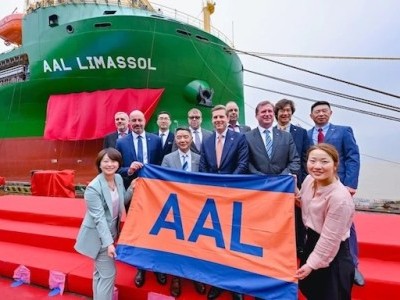
The first of AAL’s Super B-Class heavy lift fleet, the ‘AAL LIMASSOL’ christened and made ready for her maiden voyage
View ArticleComposites make world’s largest airship possible
Composites manufacturer Exel Composites is collaborating with French airship manufacturer and operator FLYING WHALES to develop thin wall carbon fiber tubes for a state-of-the-art airship.
View Article
deugro Canada appoints Szentirmai and Weiner
View Article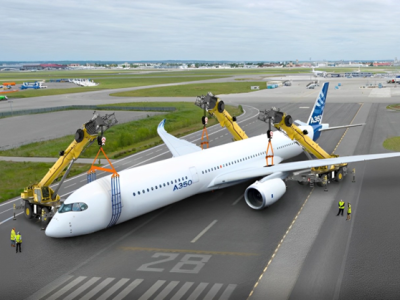
Lifting the world’s largest aircraft
View Article
MYCRANE doubles down in Saudi with two new recruits
View Article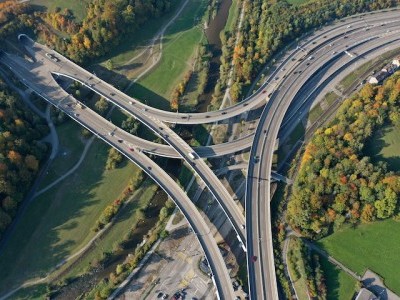
Kapsch TrafficCom wins major Swiss infrastructure project
View ArticleGet the most up-to-date trending news!
SubscribeIndustry updates and weekly newsletter direct to your inbox!
